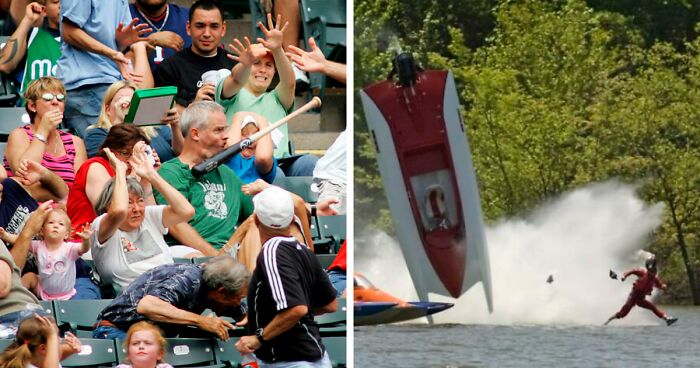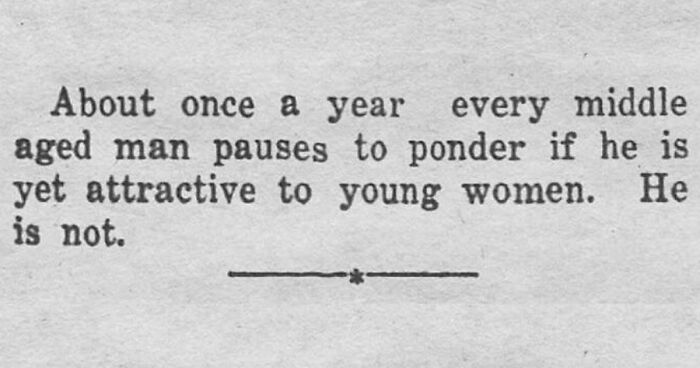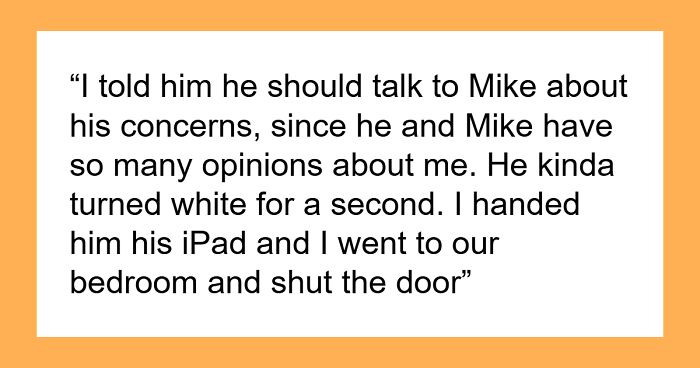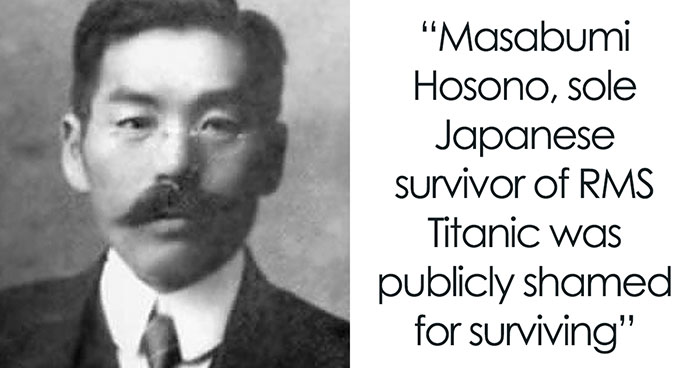
NASA Offers $18,500 To People Willing To Stay In Bed For 60 Days
We all know that space travel is not only expensive, but also dangerous. If humans are to send people to Mars, scientists must know and understand the effects that living in space poses to human body. It is known that the so-called “puffy-head, bird-legs” syndrome exists, which manifests itself when, due to zero gravity conditions, blood flow is no longer pulled to the legs and as a result, the astronaut’s head is filled with fluid. Therefore, NASA and ESA teamed up to conduct a bed rest study to see how the body adapts to weightlessness. The space agencies announced that they are looking for two dozen volunteers to spend 60 days laying down to help scientists understand how space travel will affect astronauts. The participants will be paid 16,500 euros (more than $18,500) and will have to travel to Cologne, Germany.
More info: NASA
24 selected participants will travel to the German Aerospace Centre (DLR) to stay in bed for two months
Image credits: ESA
However there are some requirements for the volunteers, that must be met – they must be between the age of 24 and 55, healthy and speak German. The research will begin in September and will take up a total of 89 days, as before their time in bed, the participants will be given five days of familiarization. Upon completion of the 60 days bed-bound study, they will undergo 14 days of rehabilitation, the same as the real astronauts do.
Out of 89 days of the experiment, 60 of them will have to be spent in bed
Image credits: ESA
During the bed rest period, they will be required to to everything while lying down – from eating to going to the bathroom. Participants will have the ability to watch television, will be provided with reading material and other activities, while the organizers of the study are strongly encouraging people to take up online courses and learn new skills. During their rest, the volunteers will lay down with their legs slightly higher than heads in order to reduce blood flow to the extremities. This will impose muscle deterioration, akin to that experienced by real astronauts in space.
Volunteers will be split into two groups
Image credits: ESA
One half will visit a centrifuge in a laboratory from time to time. The centrifuge acts as an artificial gravity chamber, as its spinning rig simulates gravity, pushing blood toward the participants’ lower extremities. This will help scientists see whether the simulator was in any way helpful of minimizing the effects of lying down in one position for a prolonged period of time.
During the research, the newly introduced DLR Short-Arm Centrifuge will be used
Image credits: NASA Analog Missions
The new Short-Arm Centrifuge simulate and study the effects of artificial gravity on the human body. However, not only astronauts and space travelers will benefit from the research, but people experiencing terrestrial health issues, as well. By using the human centrifugal tool, the study will bring more insights on osteoporosis, muscular atrophy, and cardiovascular diseases.
Throughout the study, the participants will be under scrutiny of scientists
Image credits: NASA Analog Missions
The bed rest experiment is aimed to stimulate the effects of microgravity on human’s body. When a prolonged period of time is spent in space, the muscles deteriorate, bones become less dense and blood flows differently throughout the body. To combat these side effects, regular exercise is used, but scientists hope that artificial gravity can prove to be even more beneficial.
A team of medical, psychotherapeutic, scientific professionals and a nutritionist will be on site
Image credits: NASA Analog Missions
The nutritionist will plan the meals of the participants. Food will be prepared with no additives and artificial sweeteners, while at the same time balanced enough to ensure sufficient nutritional value. However, to satisfy the sweet tooth, desserts will also be provided, but only occasionally.
Some people loved the idea, while the others were not as enthusiastic
198Kviews
Share on Facebook18,500 isn’t enough money to wreck your body like that. They said they would get 14 days of rehibilitaion, but it’s hard to believe that would be enough.
Load More Replies...I spent a month in bed recovering from a broken leg, occasionally struggling into a wheelchair, but mostly lying in bed. It was awful and I lost a LOT of muscle mass. They'd have to pay extremely well to even consider putting myself through that hell again - I'm talking millions.
To those that think that it is easy to stay in bed for that long, let me point out the pain that will come with that, the muscle loss, the headaches from the out of tune blood pressure, the ulcers and necrosis of the skin (bedsores). Just google "bedsores" (warning - disturbing images). Most people who believe it's easy would quit after realising how hard it is to simply urinate while laying in bed. And the money is too little for a 60-day torture.
18,500 isn’t enough money to wreck your body like that. They said they would get 14 days of rehibilitaion, but it’s hard to believe that would be enough.
Load More Replies...I spent a month in bed recovering from a broken leg, occasionally struggling into a wheelchair, but mostly lying in bed. It was awful and I lost a LOT of muscle mass. They'd have to pay extremely well to even consider putting myself through that hell again - I'm talking millions.
To those that think that it is easy to stay in bed for that long, let me point out the pain that will come with that, the muscle loss, the headaches from the out of tune blood pressure, the ulcers and necrosis of the skin (bedsores). Just google "bedsores" (warning - disturbing images). Most people who believe it's easy would quit after realising how hard it is to simply urinate while laying in bed. And the money is too little for a 60-day torture.

 Dark Mode
Dark Mode 

 No fees, cancel anytime
No fees, cancel anytime 






























































192
92